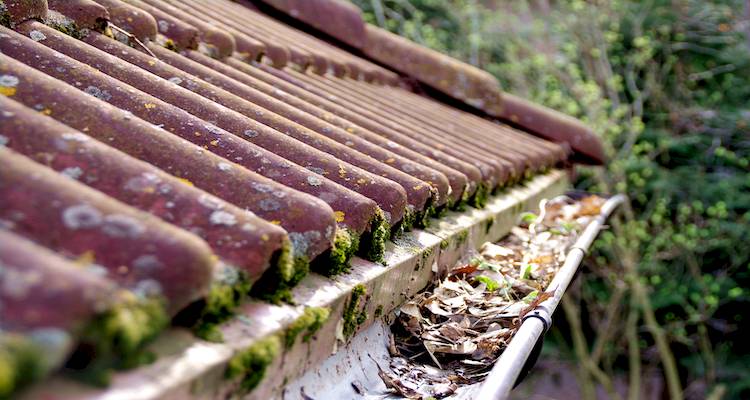How to Fit Guttering and Down Pipes
Fitting your own guttering and down pipes might be a daunting task, but if you're up for it, it can be done. We have created this step by step guide and explained all the safety equipment, tools and materials you may need so you can try and fit your own guttering without getting hurt.
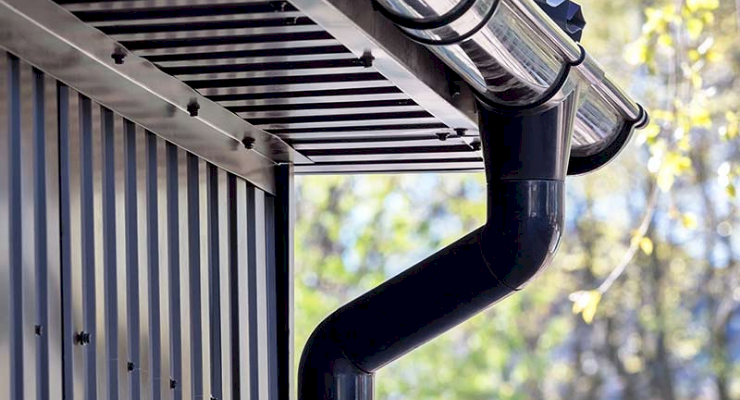
Table of Contents
What Tools Do I Need to Fit Guttering and Down Pipes?
Below is a list of the tools that you will need to install guttering and downpipes successfully:
- Scaffold/ladder
- Pencil
- Hack saw
- Heavy-duty tape measure
- Spirit level
- Plumb bob and line set
- String
- Combi drill
- Drill bits
What Safety Equipment Do I Need to Fit Guttering and Downpipes?
Below is a list of the recommended safety equipment that you will need for this type of job:
- Protective gloves
- Safety goggles
It is also recommended that you have someone on hand to help you with the lifting of heavy guttering pieces, and you should also have someone there who can hold your ladder steady for you.
What Materials Do I Need to Fit Guttering and Downpipes?
You will need several materials to complete this job. Below is a list of the materials that you will need for installing guttering and downpipes:
- Guttering (including corners, outlets, stop ends, brackets, etc.)
- Downpipe (including sockets, pipe clips, bends, etc.)
- Suitable screws
- Suitable wall plugs
- Lubricant (silicone spray)
How to Prepare for Guttering and Downpipes Installation
The list below highlights all of the steps that need to be taken to prepare for fitting your guttering and downpipes:
- Create a plan for your guttering and downpipes so that you know exactly which parts need to go where
- Ensure that you have all of the components and parts needed to complete the job successfully
- Make sure there is someone on hand to help you. It would help if you had someone to be with you at all times to hold your ladder in place to avoid potential falls or injury
How to Fit Guttering and Downpipes - Step by Step Guide
Below is a list of steps that you need to take to fit guttering and downpipes. This is a DIY gutter installation guide for fitting plastic guttering and downpipes:
Fitting the Guttering
Step 1
Remove and dispose of all of your old guttering. Since some guttering can be quite heavy, you may need some help with this step.
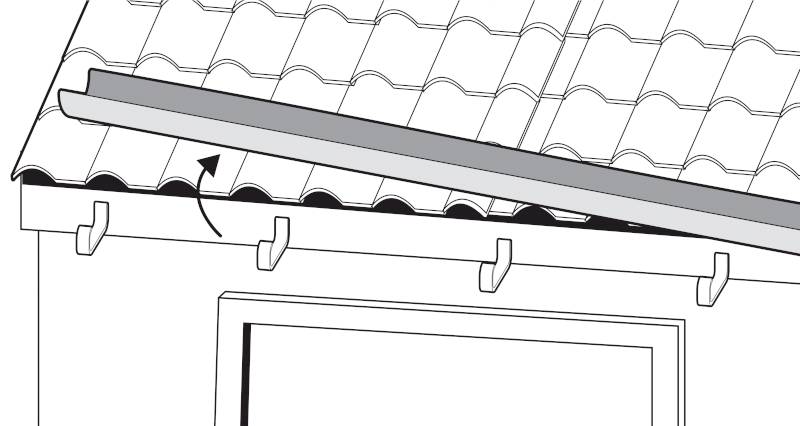
Step 2
To establish the correct positioning of the running outlet or the stop end outlet, hang a plumb bob from the facia, ensuring that it hangs directly above the drain.
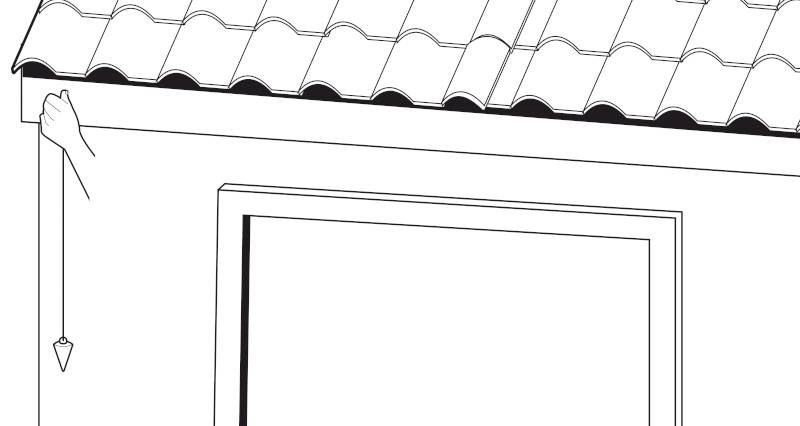
Step 3
Then, using a pencil, mark out the positioning of the outlet and its fixing holes onto the facia. Ensure that it is no more than 50mm below the roof. You can then drill in your pilot holes.
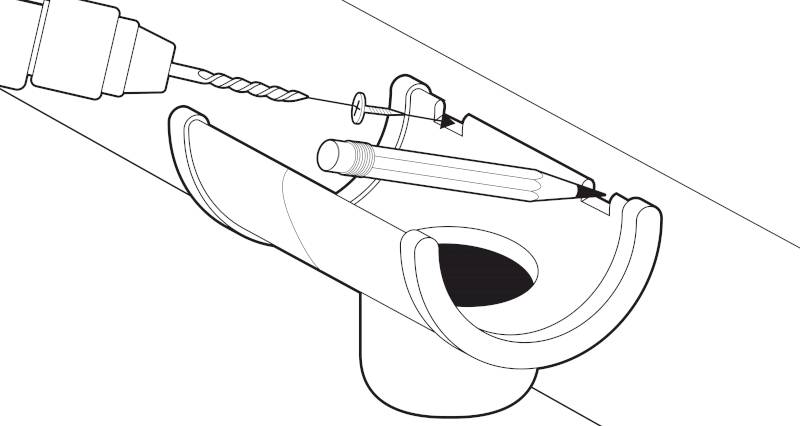
Once the pilot holes are in place, you can then fit the outlet. Make sure you used the screws that have been recommended by the manufacturer and take care not to over-tighten the screws.
Step 4
From the opposite end of the facia to the outlet, measure in 100mm and mark this using your pencil. Then, hold a facia bracket up to this point and ensure that it is higher than the outlet. The fall to the outlet should be around 3mm per metre.
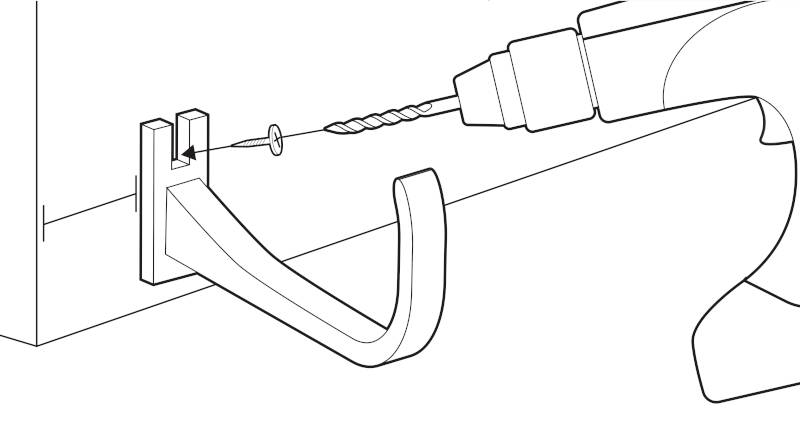
You can then mark the positions of the bracket’s fixing holes before fixing it into position using two screws. If your outlet is located somewhere in the middle of your facia, repeat this step at both ends.
Step 5
Next, tie a string from the bracket to the outlet and pull it tight. Use a spirit level to check that the string runs slightly downhill from the facia bracket. This should be roughly 3mm per metre to ensure a steady downward flow.
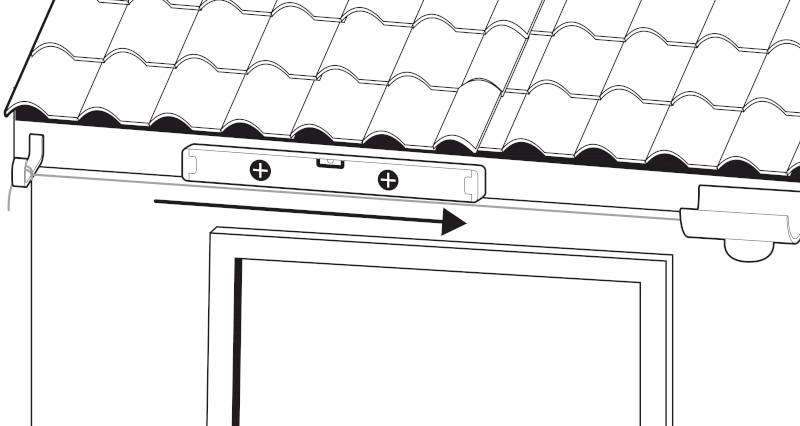
Step 6
From the facia bracket, use the string to measure and mark the positions of the remaining facia brackets. They should be just touching the string to maintain an even fall and should be no more than 1 metre away from each other and no more than 150mm from any angles or stop ends.
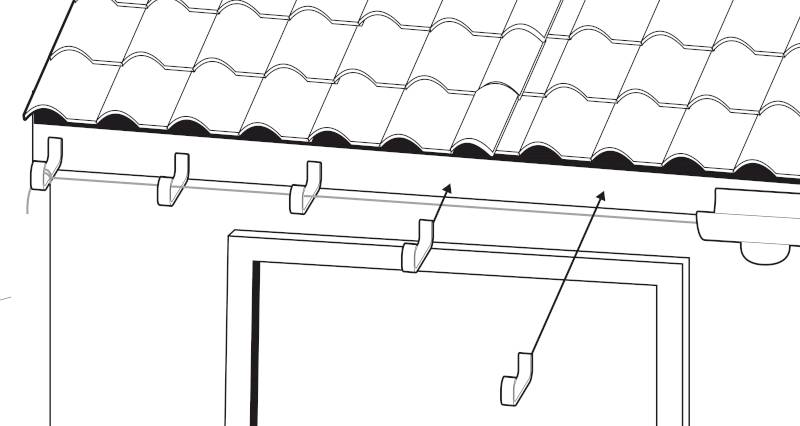
Once the markings are in place, fix the remaining brackets to the facia under the instructions from the manufacturer and take care not to over-tighten them.
Step 7
Before you fit the guttering, lubricate all of the seals with silicone spray. This will help to make the fitting process easier and will help with expansion and contraction. Repeat this process for all of the gutter seals as you go along.
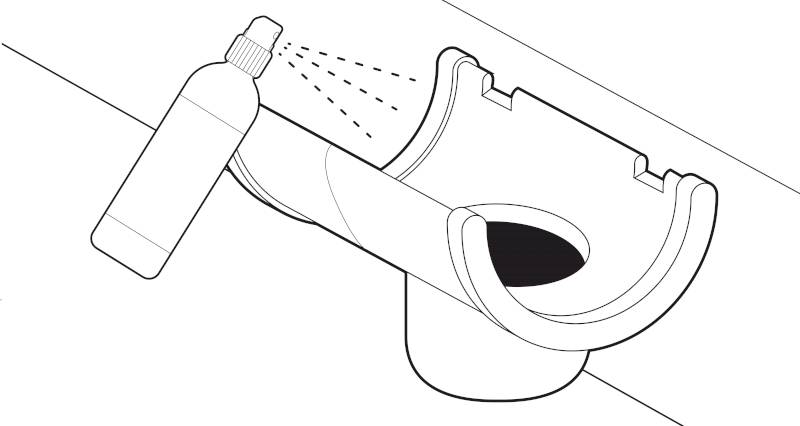
Step 8
Work from the outlet towards the highest point. Fit the guttering by tilting it so that it sits beneath the back clip. Then, push it down at the front to snap it into the correct positioning.
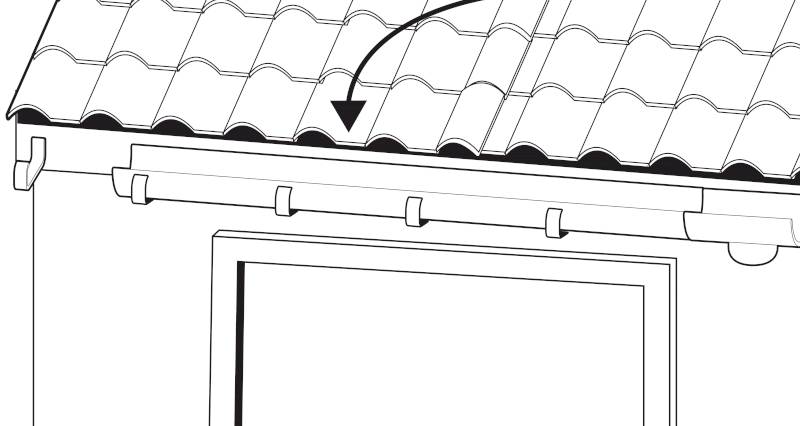
Step 9
At the end of the first piece of guttering, fit a union bracket by screwing it into the facia. Be sure to use the screws recommended by the manufacturer.
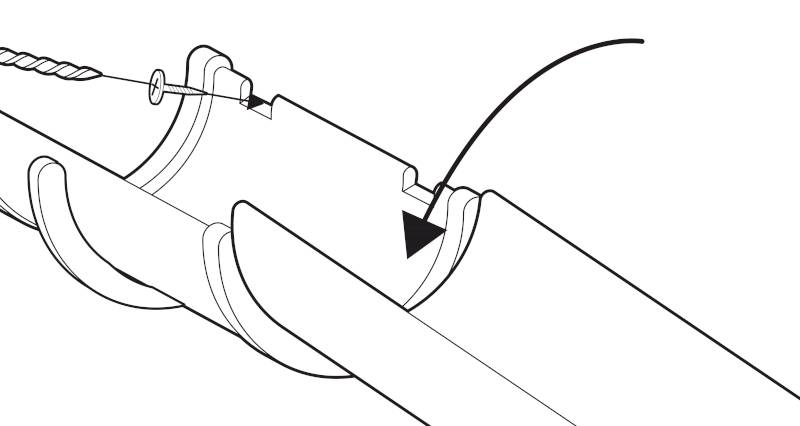
You can then go on to fit the second section of guttering into the union bracket, being sure that the joints line up with the insertion depth that is marked onto the fittings. Then continue to join all the remaining lengths of gutter in the same way.
Step 10
When you get to the last section, measure the size of the gap and then use a hacksaw to cut the last piece of guttering to the right size. Fit and external stop end to the end of this final piece to complete the run.
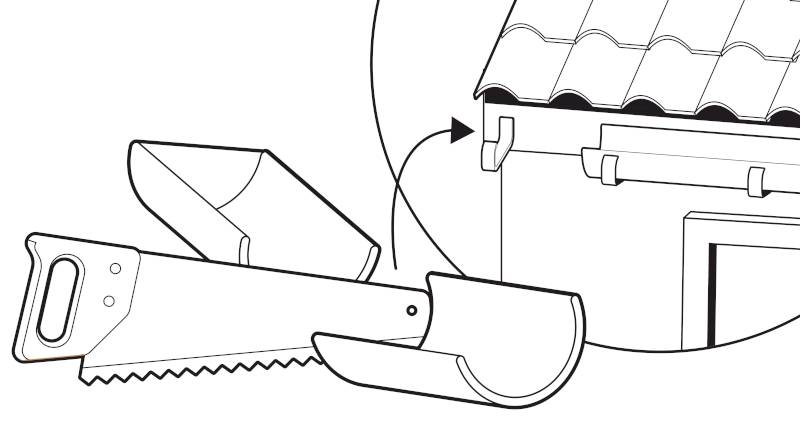
Fitting the Downpipe
Step 1
Using a plumb bob that hangs from the outlet to the drain as a guideline, draw several marks onto the wall to show where the downpipe will run. Then, use a straight edge to join all of these markings into a vertical line to show where the centre of the downpipe will be.
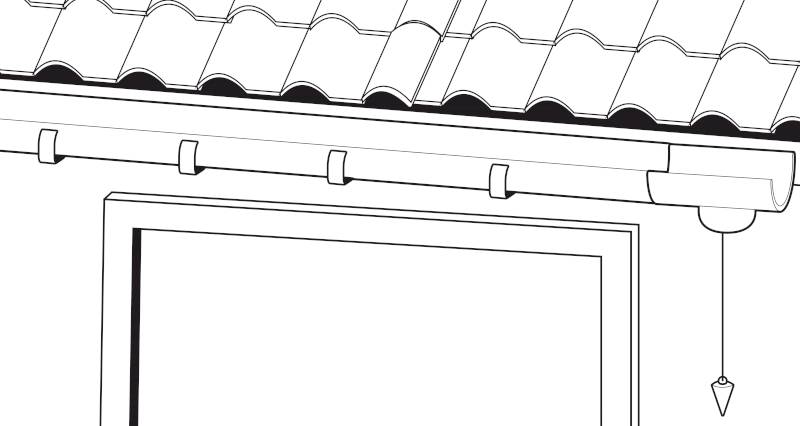
Step 2
If an offset is required, you can either use an adjustable offset bend or two offset bends with or without a short piece of pipe that clears the facia. Ensure that there is a 6mm gap left at the top of the downpipe for expansion.
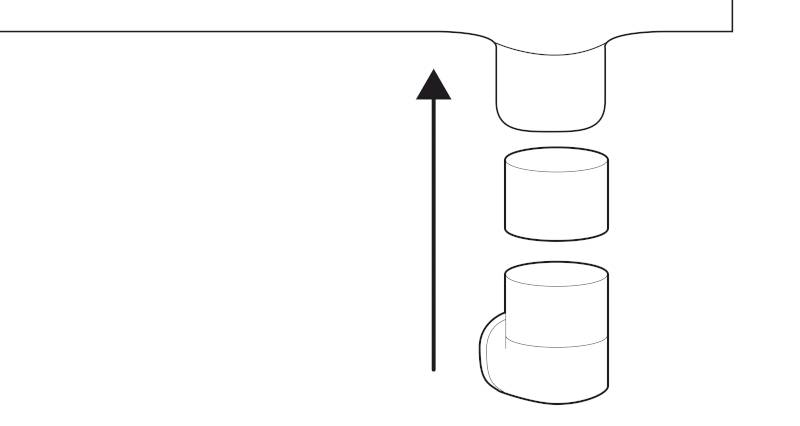
Step 3
Start at the top of the wall and position a downpipe pipe clip centrally over the pencil line that you have drawn. Use your pencil to mark the position of the fixing holes onto the wall.
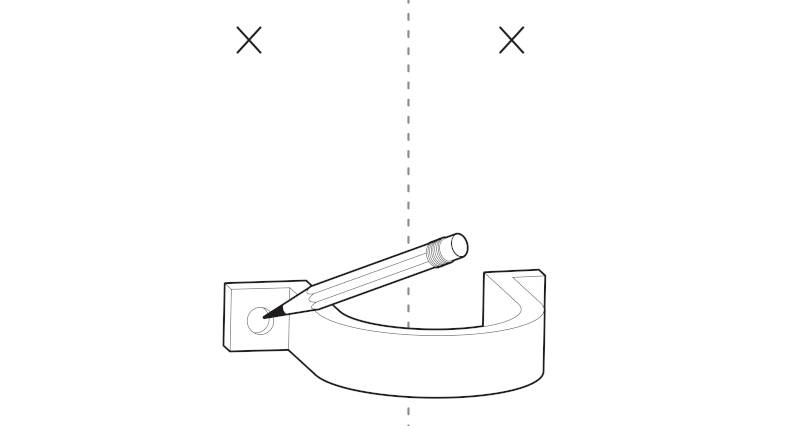
If offset bends are required, position a downpipe clip directly below the bend. Continue this step down the wall and ensure that the space between each clip never exceeds 1.8 metres.
Step 4
Use a combi drill with the drill bit size recommended by the manufacturer, drill the fixing holes through and then insert appropriate wall plugs.
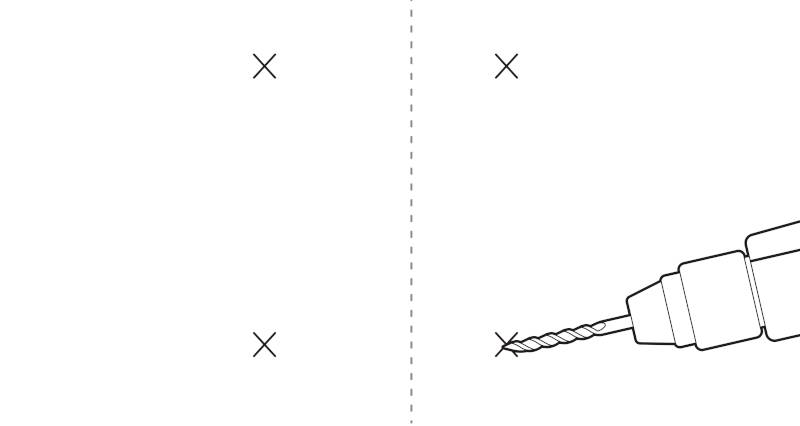
Step 5
Work from the outlet towards the drain and fit the first piece of downpipe. If you need to add an additional piece of downpipe, join the two parts with a downpipe pipe socket and clip.
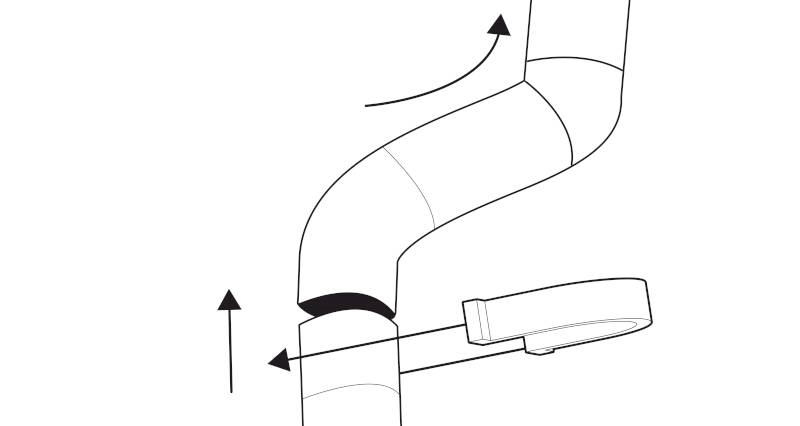
To allow for expansion, leave a 10mm between the end of the pipe and the bottom of the pipe socket. Then, attach a pipe clip over the joint.
Step 6
Continue to attach the pipe clips down the length of the downpipe.
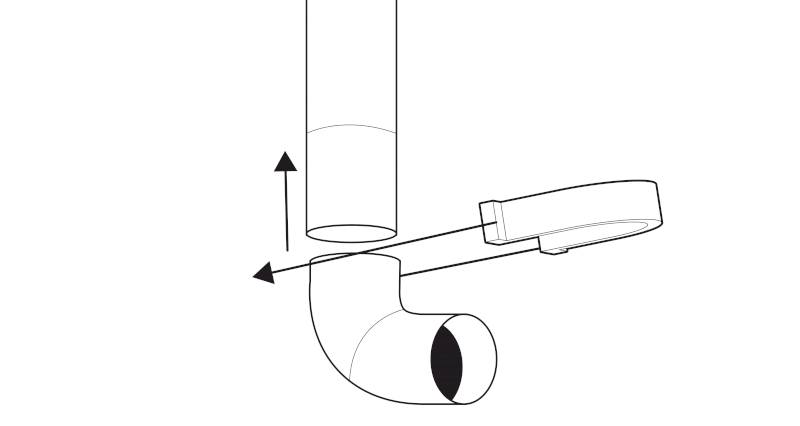
FAQs
How do you unblock a downpipe?
If the blockage is in the middle or bottom of the downpipe, this is more difficult to sort out. You can hire flexible drain clearing rods to try to clear the blockage, or you could try dismantling the downpipe to clear the blockage.
How do you fix a leaking gutter?
Ensure that the crack is completely filled with sealant and leave it to dry and seal off. The gutter should be useable again within three days. Leave it at least a week to fully cure and then cut off any overflowing sealant with a sharp-edged tool.
What causes guttering problems?
For example, if the guttering doesn’t have the correct slope down towards the downpipe. In some cases, gutters may have been damaged by bad weather or vandalism.


